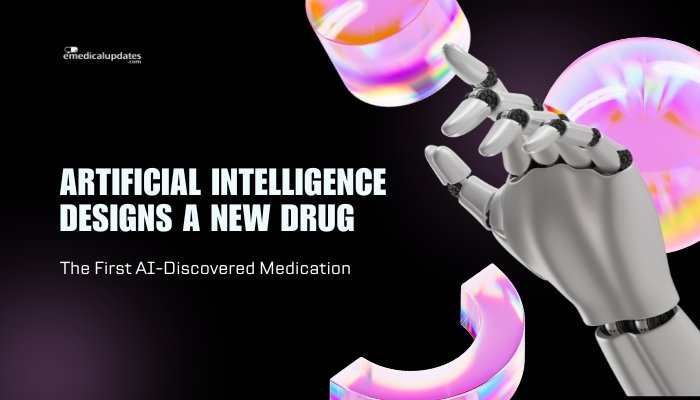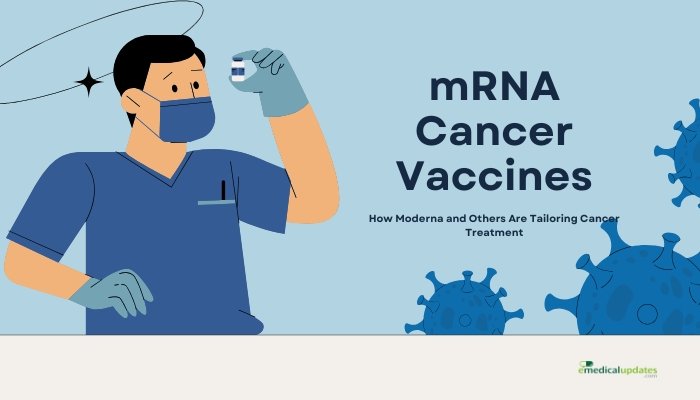Introduction
Pharmaceutical R&D is expensive, risky, and time-consuming, sometimes taking over a decade from target identification to market approval. But artificial intelligence (AI) is transforming how scientists approach this process—shortening design cycles, pinpointing optimal molecular structures faster, and cutting the overall cost.
Recently, an AI-discovered drug made headlines as it progressed from computer-generated concept to human clinical trials in a fraction of the usual timeframe. This milestone underscores the potential for AI to accelerate breakthroughs in disease areas where conventional methods have faltered.
In this article, we unpack how AI-driven drug discovery works, examine the story of this first AI-designed medication, and contemplate the broader implications for pharmaceutical innovation.
Why AI in Drug Discovery?
Bottlenecks in Traditional R&D
- High Failure Rate: Many promising compounds fail in late-stage clinical trials, costing billions.
- Massive Chemical Space: Billions of possible molecules exist, and screening even a small fraction can be overwhelming.
- Lengthy Timelines: Identifying targets, optimizing leads, and verifying safety typically takes years.
AI’s Advantages
- Data-Driven Insights: Machine learning algorithms process massive chemical and biological datasets more efficiently than any team of scientists could.
- Predictive Modeling: Tools like deep neural networks can forecast a molecule’s efficacy or toxicity, guiding chemistry efforts to promising leads.
- Automated Revisions: AI can iteratively refine molecules to balance potency, selectivity, and drug-likeness.
How AI-Discovered Drugs Are Engineered
Target Identification
Through genomics, proteomics, and text mining, AI suggests new or underexplored biological targets, analyzing patterns in disease biology or biomarkers. This front-end approach narrows the field before any chemistry begins.
Virtual Screening and Generation
- Generative Models: Some labs use generative adversarial networks (GANs) or advanced ML algorithms to design novel molecules that meet certain parameters (e.g., fit to a receptor site).
- Multi-Objective Optimization: AI can juggle constraints like avoiding toxicity, ensuring appropriate half-life, and retaining high binding affinity.
Lab Validation Loop
Candidate molecules from AI go through:
- In Vitro Tests: Checking for activity in cell cultures.
- Lead Optimization: If promising, additional AI cycles refine structure.
- Preclinical Models: Animal studies confirm safety and efficacy.
Human trials follow successful preclinical validation.
The First AI-Discovered Drug: A Breakthrough
The Company and Drug
One well-known example is a molecule discovered by an AI-driven startup (e.g., Exscientia or Insilico Medicine). This candidate:
- Target: Possibly a novel receptor or enzyme implicated in a disease lacking effective treatments.
- Development Timeline: The project advanced to clinical trials in under a year, drastically faster than typical multi-year processes.
- Therapeutic Area: Some are focusing on conditions like obsessive-compulsive disorder or certain cancers.
Acceleration from Concept to Trial
AI shaved years off:
- Automated Screening: Millions of potential compounds narrowed to a handful in months, not years.
- Rapid Synthesis: Chemists produced only a small batch of “AI picks” instead of hundreds or thousands of trial molecules.
- Streamlined Preclinical: Positive results quickly prompted a Phase I study in healthy volunteers, verifying safety and appropriate dosing.
Potential Benefits
Time and Cost Savings
Shortening R&D by leveraging AI can reduce overhead from tens or hundreds of millions of dollars in preclinical guesswork. That efficiency may eventually lower drug prices or at least free resources for other innovative pursuits.
Enhanced Novelty
AI models often identify chemical scaffolds overlooked by conventional approaches. This fosters true novelty, not just incremental improvements on existing drugs, potentially tackling diseases with limited treatments.
Precision Medicine Potential
AI can also incorporate patient data—such as genetic or proteomic insights—to design targeted drugs for smaller patient subgroups, improving success rates and personalizing therapy.
Challenges and Ongoing Questions
Trust and Transparency
- Black-Box Algorithms: Many AI models are complex, and explaining the reasoning behind a recommended compound remains tricky. Regulators and scientists want interpretability.
- Data Quality: The reliability of predictions depends on diverse and accurate training data. Biased or incomplete datasets risk flawed outcomes.
Regulatory Acceptance
The novel origin of an AI-discovered drug demands robust evidence that it’s safe and effective. Agencies (FDA, EMA) require standard clinical trial rigor but also clarity on how AI contributed to design and selection.
IP and Ownership Issues
Who owns the IP if a machine created it? Patent offices are grappling with these questions. For now, human operators input parameters, guiding the AI. As AI autonomy grows, legal definitions of “inventor” might shift.
Outlook for AI in Pharma
Beyond the First Drug
With the success of one AI-driven candidate, other companies intensify efforts to replicate or refine the process across different disease areas, from oncology to neurodegeneration.
Integration and Collaboration
Pharma might incorporate AI platforms as a standard part of R&D. Partnerships between biotech startups, large pharmaceutical corporations, and academic institutions are forming to expedite drug pipelines globally.
Personalized Approaches
AI’s synergy with patient omics data fosters “drug design on demand,” opening a future where therapies can be quickly iterated for specific mutations or resistance patterns.
Frequently Asked Questions
- Does an AI-discovered drug differ from a normal drug in composition?
- It may or may not. The difference is in how the candidate was identified. AI can propose structures that scientists might not conceive manually.
- Can AI fully replace human chemists?
- AI is a tool that augments creativity and speed. Human expertise remains indispensable for validation, domain knowledge, and final decision-making.
- Are AI-designed drugs safer?
- AI tries to avoid known toxicity liabilities, but real-world safety must be confirmed in trials, as with any new medication.
- Will AI accelerate new cures for rare diseases?
- Potentially, yes. AI can systematically evaluate vast chemical spaces even for niche disease targets, though cost and market factors also matter.
- When can we expect more AI-based drugs on the market?
- Timeframes vary, but multiple AI-led programs are in Phase I or II. If successful, we may see more approvals in the next 5–10 years.
Conclusion
The first AI-discovered drug stands as a landmark achievement, illustrating the power of machine learning to transform the painstaking, expensive process of drug discovery. By rapidly filtering vast chemical libraries and designing novel molecules, AI accelerates the pipeline from concept to clinical testing. This success story likely heralds a broader shift in how pharmaceutical R&D is conducted, with AI-based solutions swiftly emerging for various disease targets.
Despite remaining hurdles—such as ensuring data integrity, explaining AI decisions, and meeting rigorous regulatory standards—AI’s potential to streamline drug design is undeniable. As more companies embrace these technologies, and the real-world track record of AI-led drug programs grows, we can anticipate more breakthroughs that address unmet medical needs faster and more efficiently than ever before.
References
-
- Jumper J, et al. (2021). “AlphaFold 2 and protein structure prediction’s role in drug discovery.” Nature.
-
- Scannell JW, et al. (2012). “Diagnosing the decline in pharmaceutical R&D efficiency.” Nat Rev Drug Discov.
-
- Zhavoronkov A, et al. (2020). “AI-accelerated discovery: first human trial of an AI-designed drug.” Lancet.
-
- Exscientia Press Releases (2023). “AI-based small molecule advances to clinical phases.”


